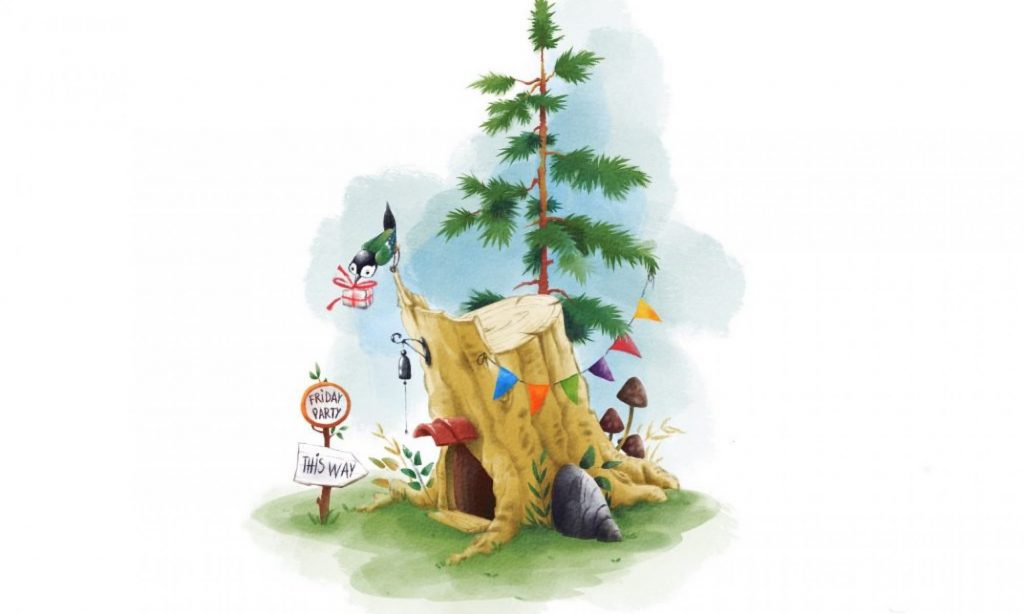Right before going for spring break, each of us got the brief and a sound record for our first project- a collaboration with Children Society UK.
Our guest Rachel Reay briefly spoke about society, it’s vision and works with kids and young people at the beginning of the presentation. And then we went moe throughout the technical assignment.
We got the information about how long should it be, that the mood, what is the audience of the film, that colours are prefered, the official typography.

For instance, all audios provided are records of real young people who either working or found help from The CS. So, it is crucial that any editings to the soundtracks must be discussed with the client first. Even though some of the tracks are susceptible and personal shares, we should stay on, or at least finish the film on the positive, optimistic note and should keep a balance between negative experience and positive tones. And we cannot share our tracks at any points.
So, this project is, in fact, an animated documentary. We will use animation techniques to make a film that will help young people and children to represent their experiences through a sense of the safe distance of reality.
When I heard my audio for the first time, it hits me in a good way, because it was precisely my experience. So I knew what this person is talking about, I went through it. And remarkably, images and associations started to pop up in my head, and I draw the first storyboard, quick thumbnails, to snatch up this idea.

And this is exactly that I wrote before in the post about storytelling: ‘The first method is to write a story you already know. Because you feel it in a particular way. … it is always good if the story will be initially from personal experiences.’ Even though it is not my narrative, however, I had the same encounter, that why it was easy to approach to developing a story.
